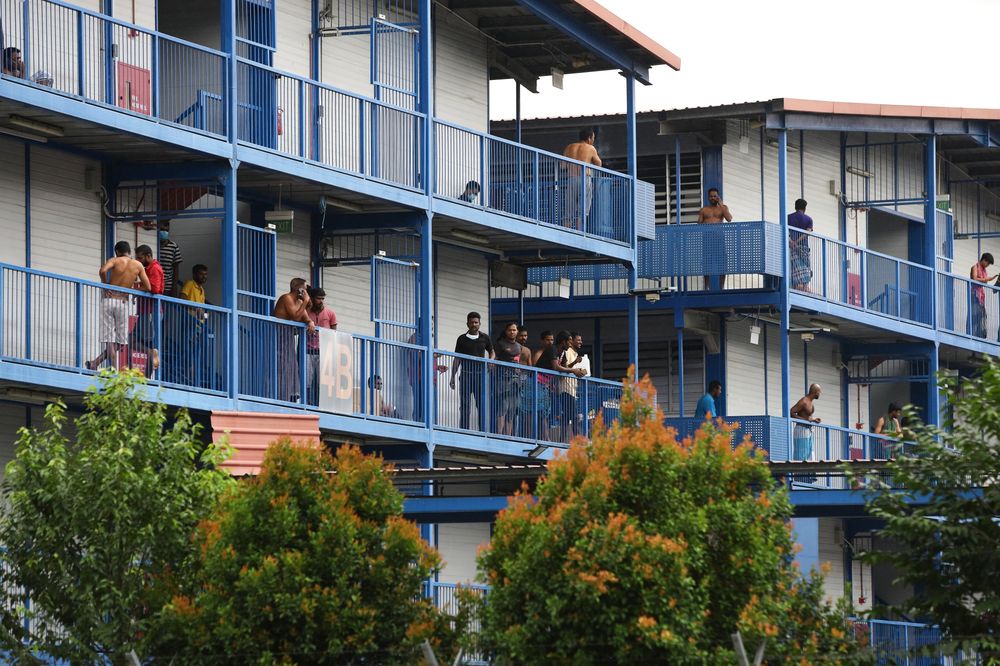Fill Me In
The Ministry of Manpower (MOM) has announced that it will now quarantine fewer migrant workers in their dormitories should new COVID-19 cases be detected in dormitories. This adjustment is part of MOM’s plan to reduce work disruption and improve the welfare of the workers as the country begins to re-open its various sectors.
How does the new policy work?
Instead of isolating a whole block of workers, isolation will only be enforced in smaller groups. This applies to residences where there is no intermingling of workers, with segregation measures put in place by operators.
Additionally, workers who have recovered from COVID-19 and are within 150 days of their infection will not need to be quarantined. This measure stems from new evidence that these workers would still have antibodies that guard against re-infection.
“Through our collective efforts, our migrant workers will remain safe and healthy, and our businesses can minimise disruption to their operations,” said an MOM representative.
Bulk of COVID-19 cases from migrant workers
Migrant workers have accounted for almost all of Singapore’s COVID-19 cases. In order to prevent the spread of the virus, these workers have been confined to their residences with limited exceptions for work since April.
What happened previously?
The first migrant worker, known as Case 42, was found to be infected on 8 February. Due to the fact that he had visited several places, such as Mustafa Centre, the number of cases among migrant workers began to surge by the end of March.
This led to the authorities calling for a stay-home order for more than 180,000 migrant workers, in a bid to curb the spread of the virus. Aggressive testing of the workers for the virus was also implemented, which led to a huge spike in the number of cases in Singapore.
Some of the clusters were also linked to construction sites, such as Project Glory, a 51-storey office building in the downtown business area. It is linked to at least six dormitories.
Why did the virus spread so quickly in the dormitories?
One of the main reasons for the rampant spread of COVID-19 is due to the fact that many of these migrant workers live in small, confined spaces. A typical dormitory room houses up to 20 men, making it extremely difficult to adhere to safe distancing measures.




























